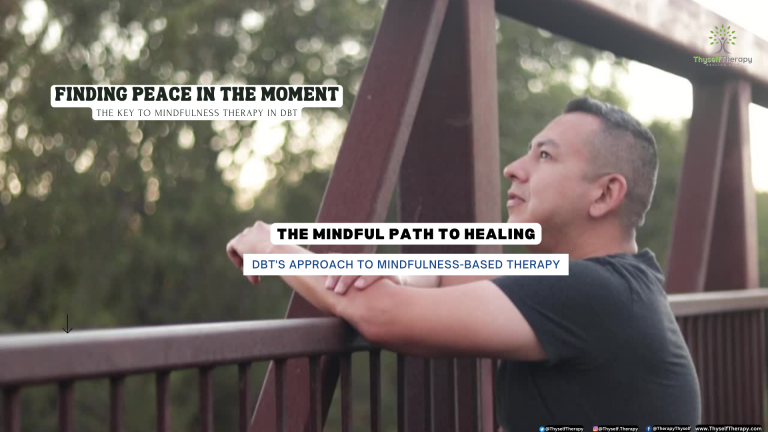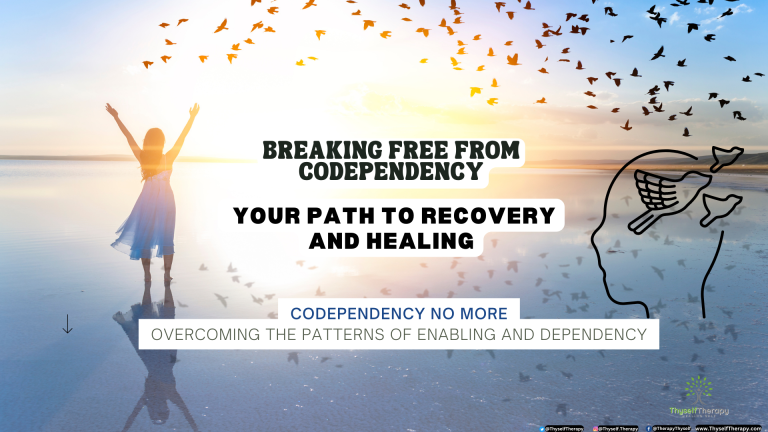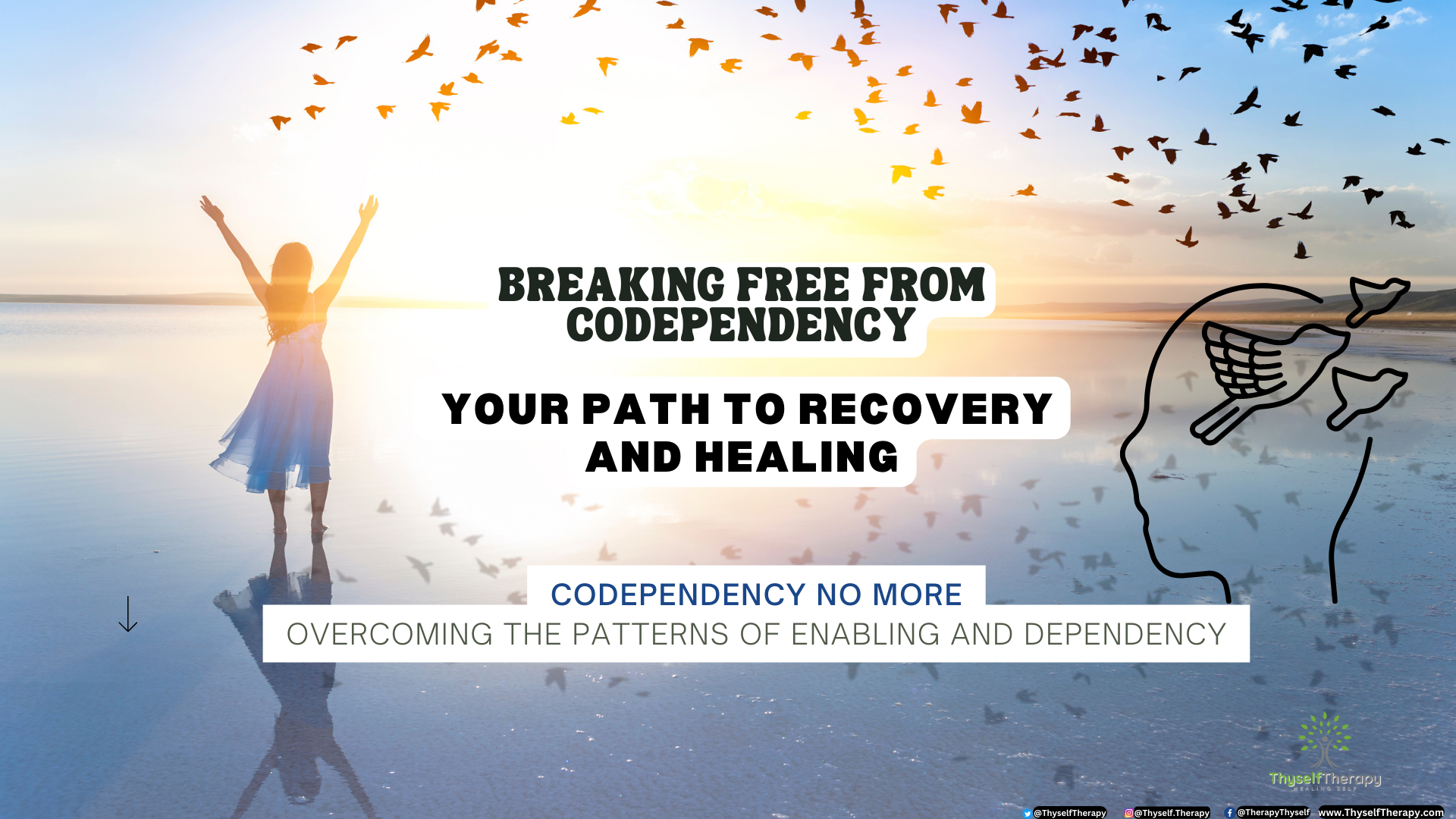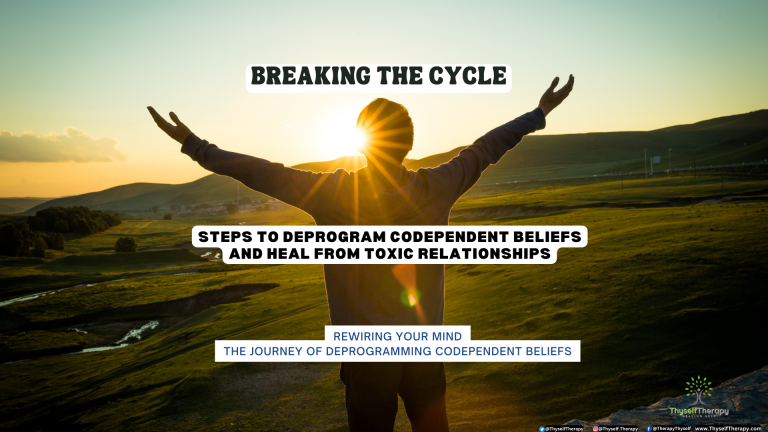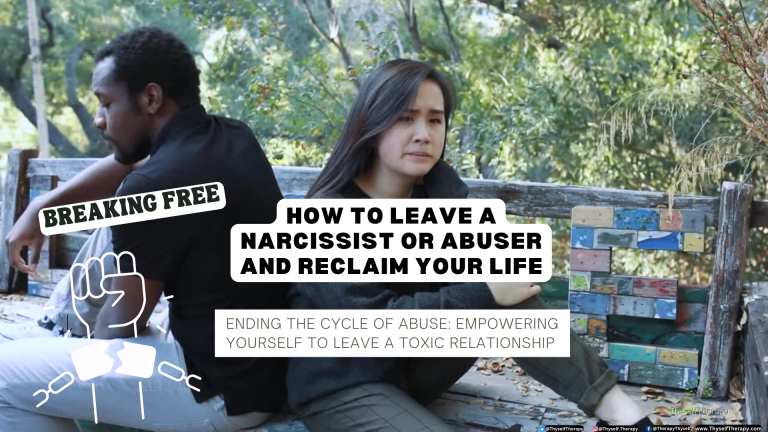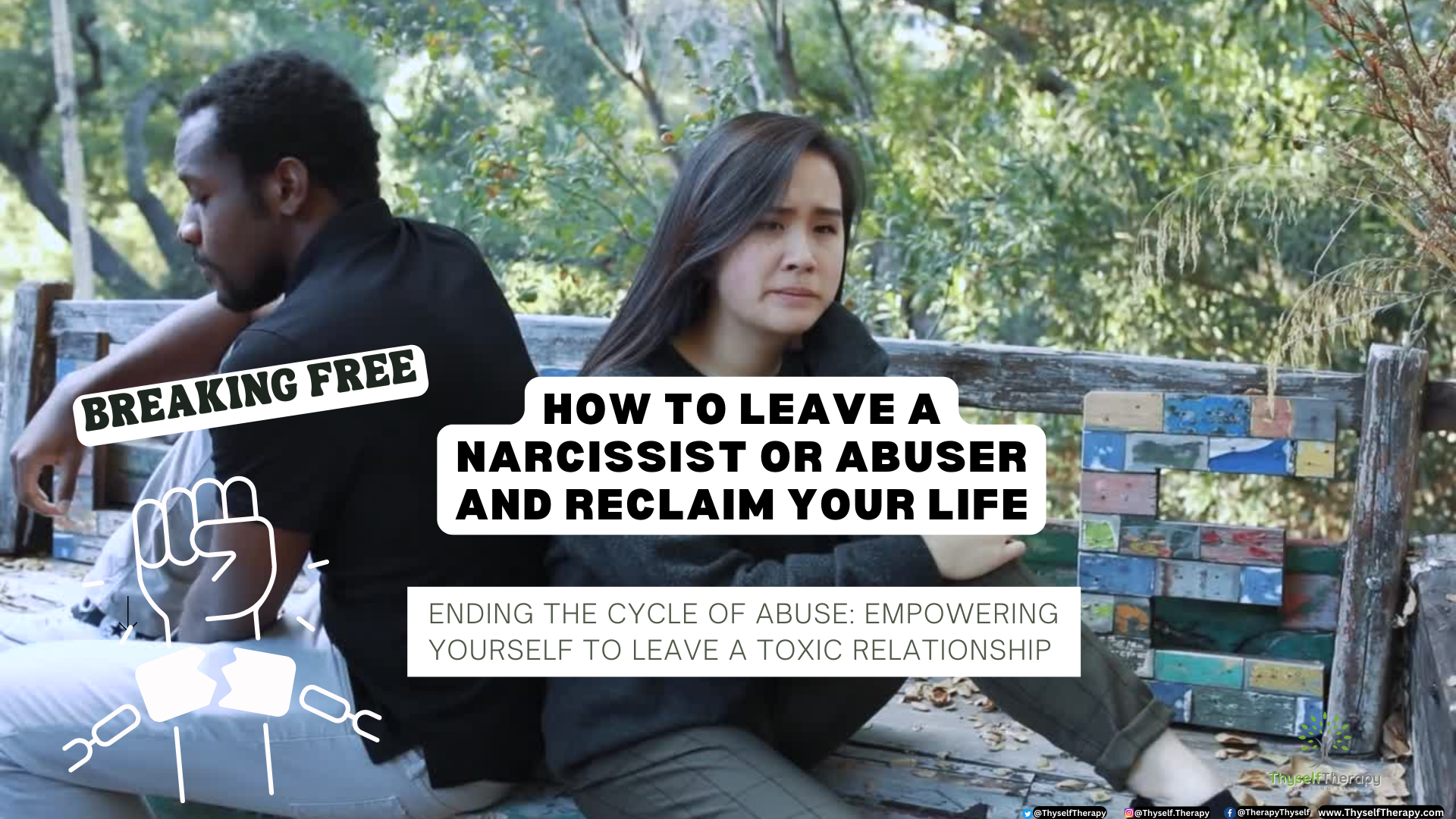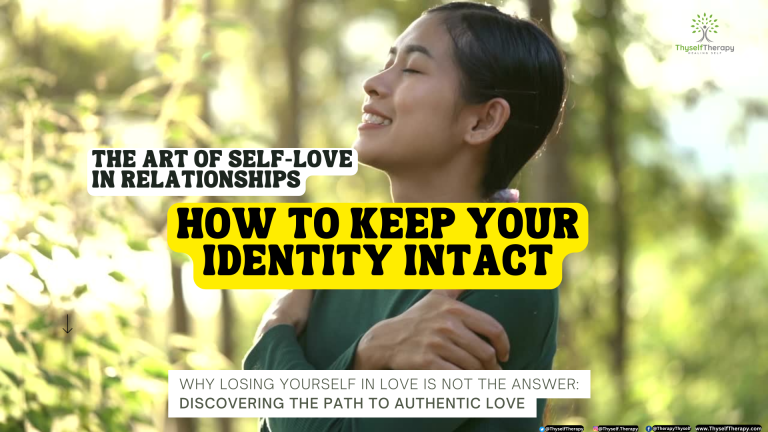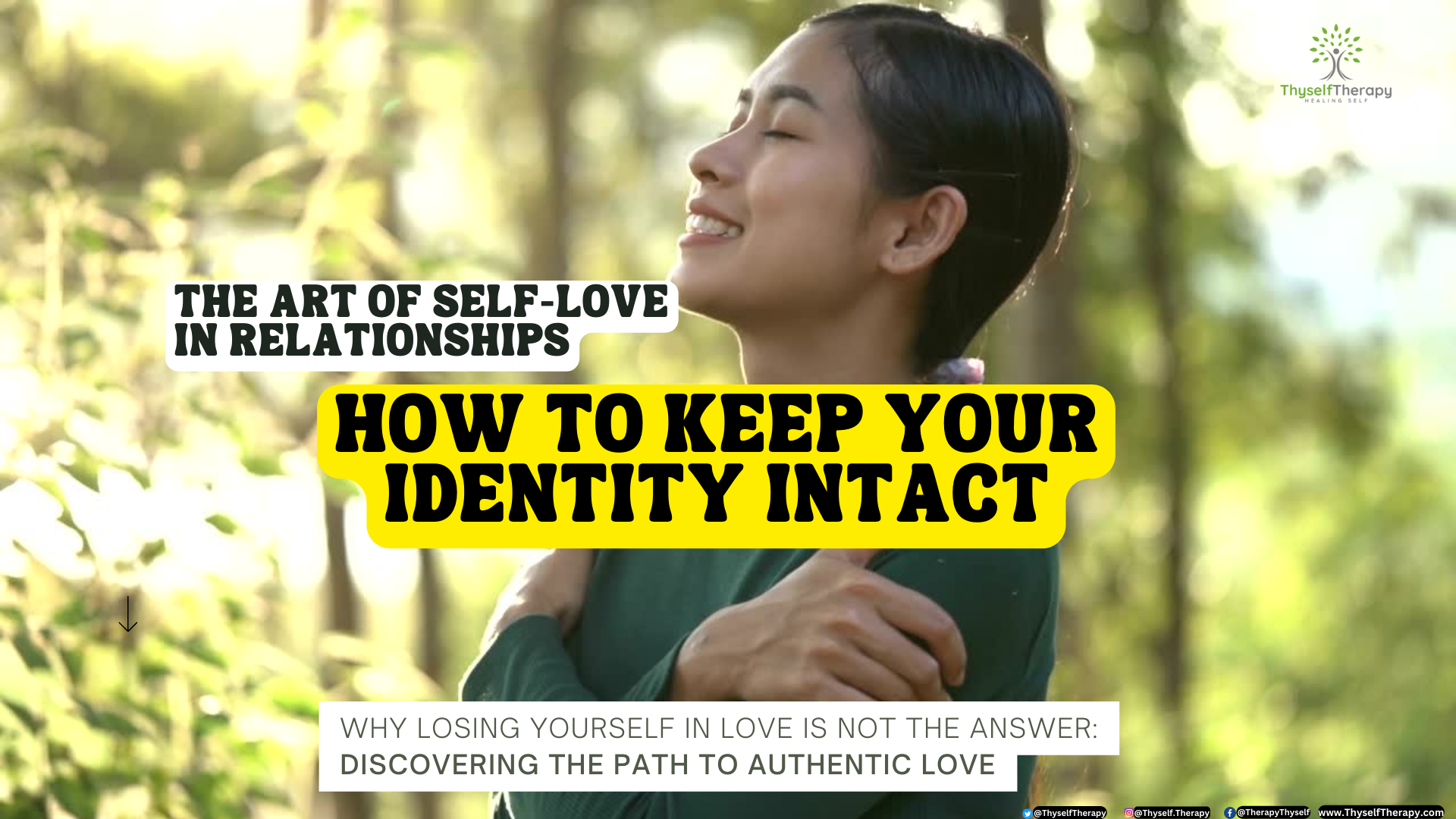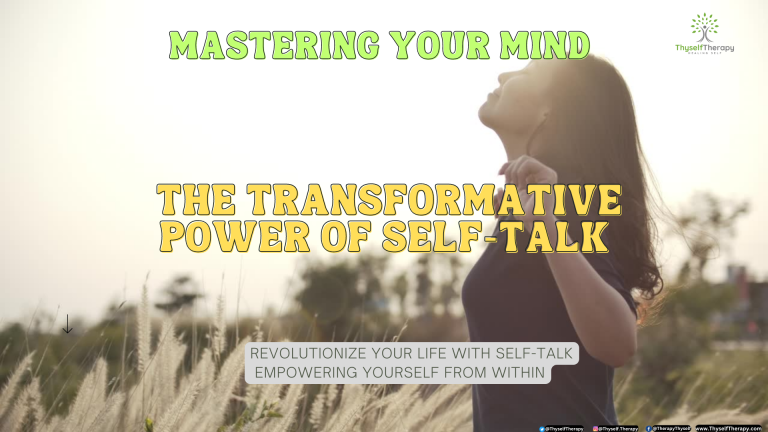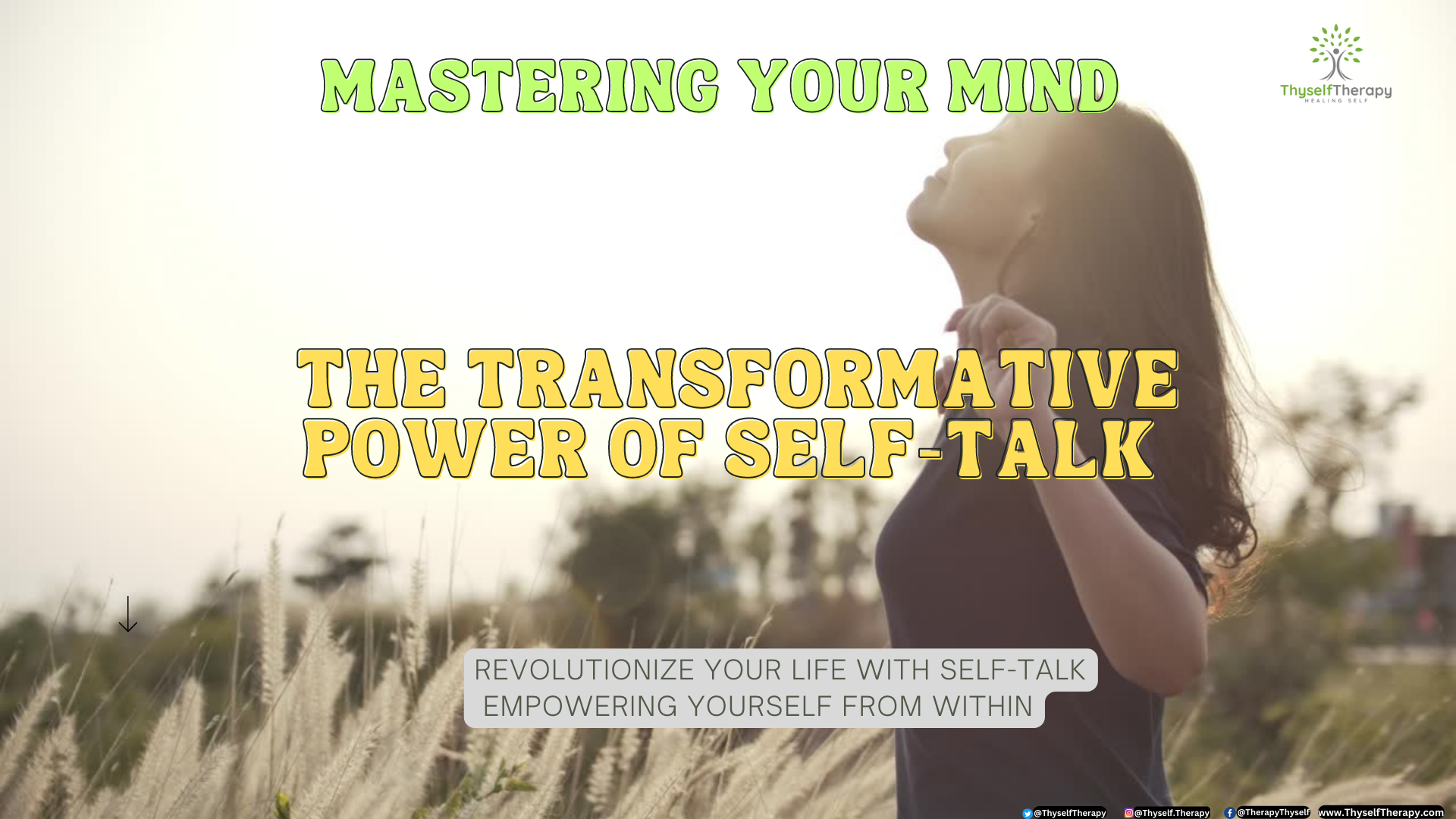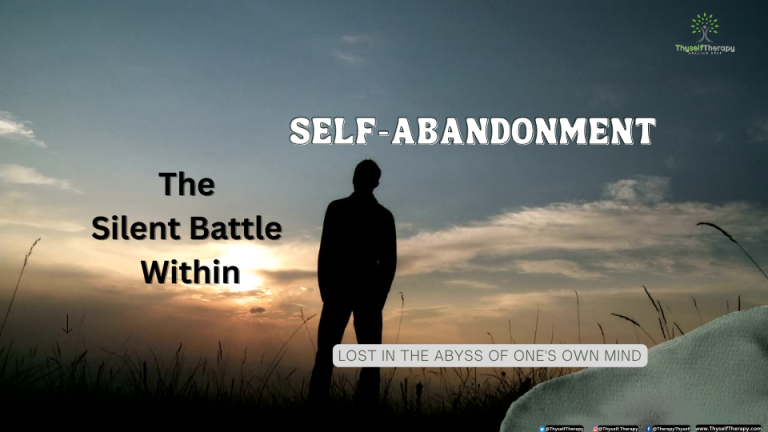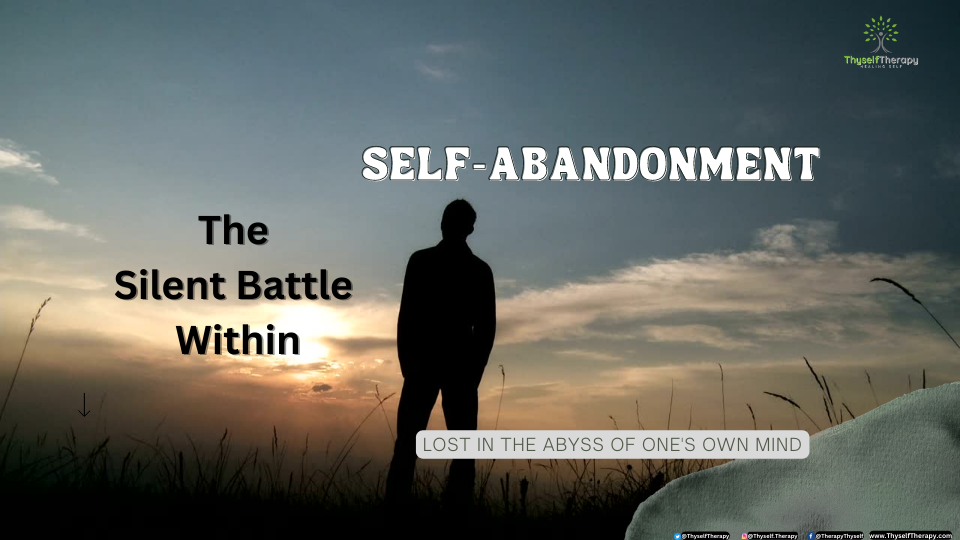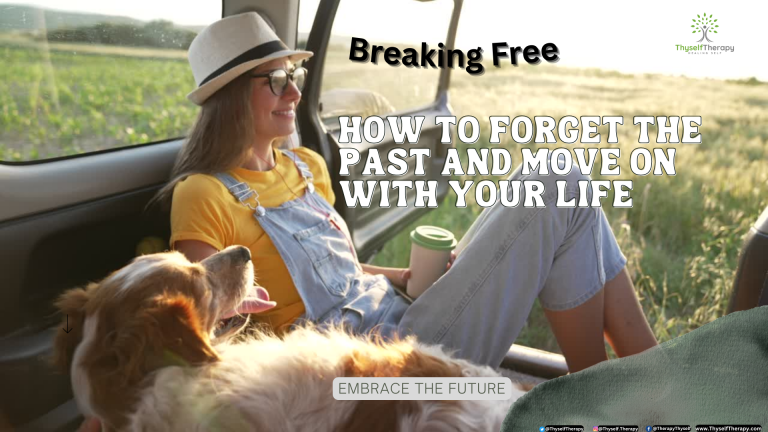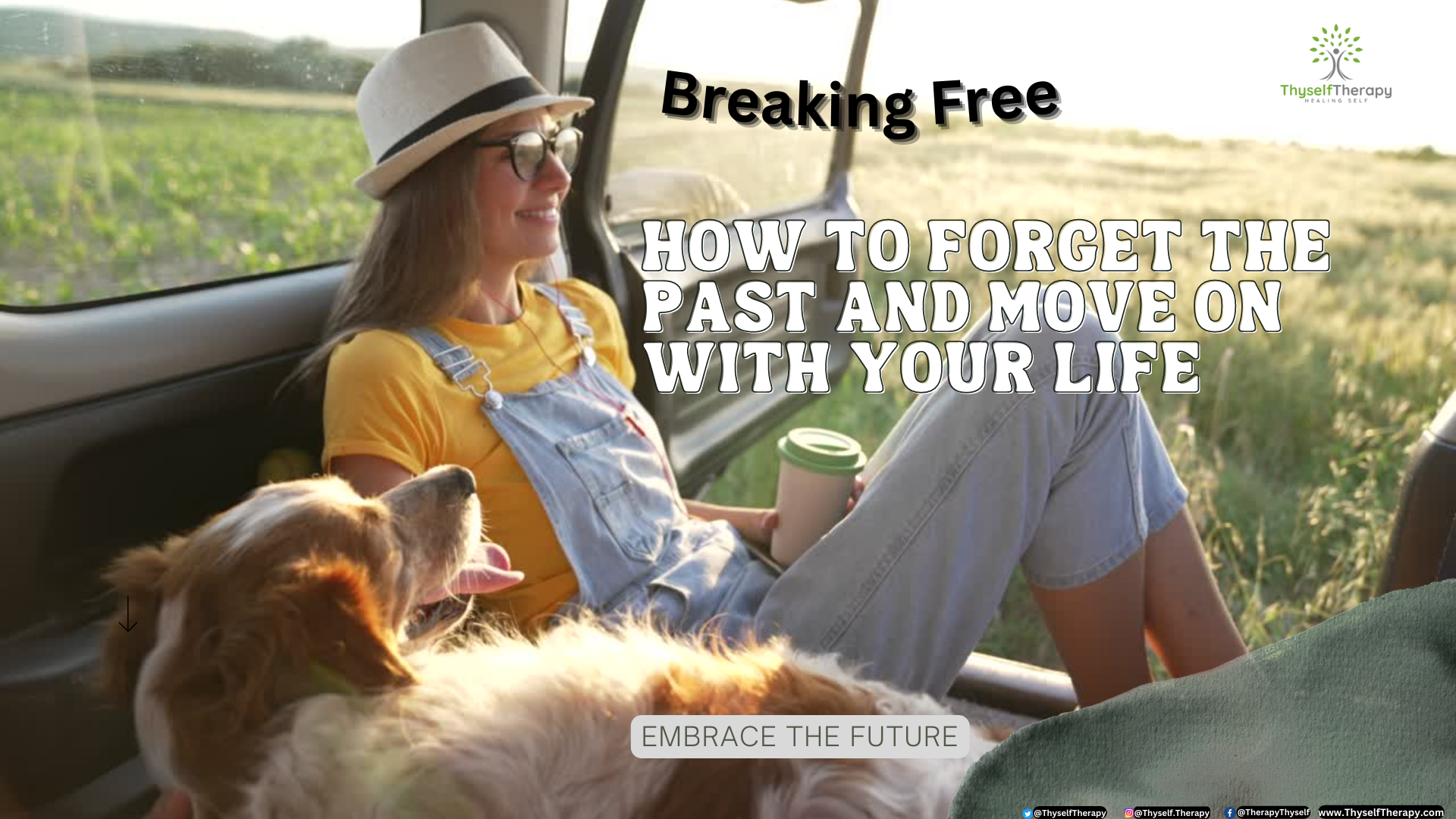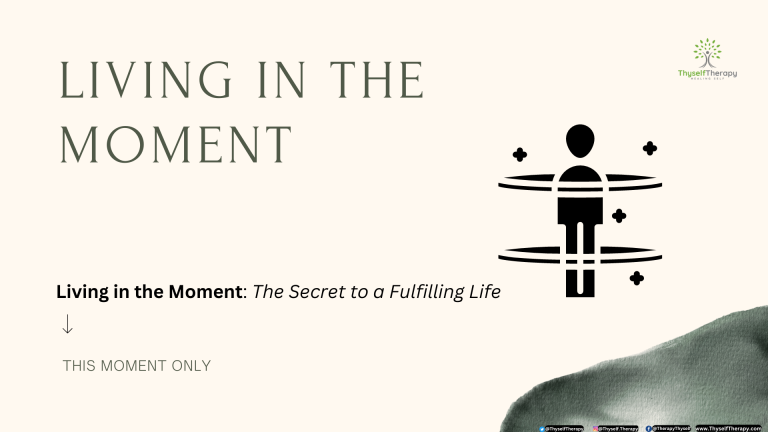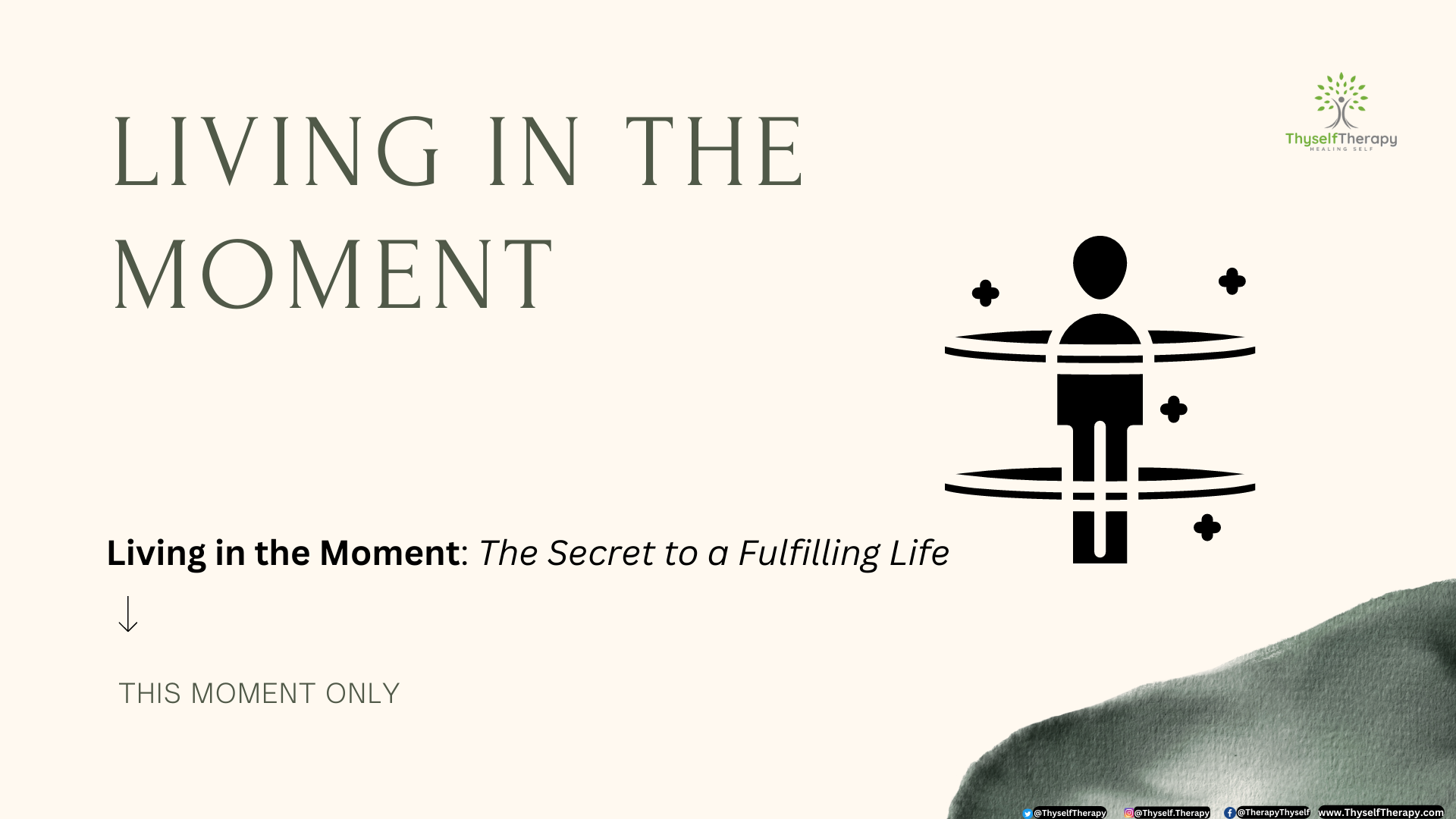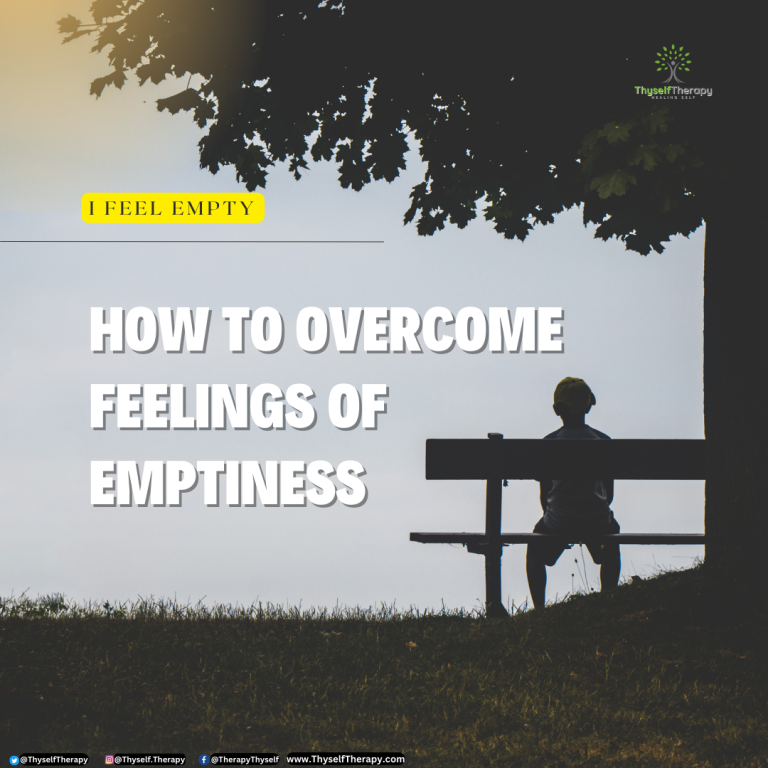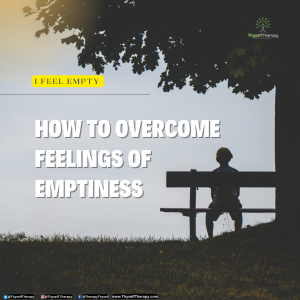Are you looking for a way to increase your peace of mind and find inner freedom? Mindfulness is a powerful tool that has been used in therapy for many years, especially Dialectical Behavior Therapy (DBT). In this article, we’ll explore what mindfulness is and how it can be applied to DBT.
What Is Mindfulness- What Is Mindfulness Therapy In Dbt?
Mindfulness involves focusing on the present moment with an open awareness. It allows us to recognize our thoughts, feelings, and bodily sensations without judgement or reactivity. By doing so, we learn to accept ourselves and cope better with difficult emotions. We also gain insight into our patterns of behaviour over time.
By practising mindfulness each day, we can develop greater self-awareness and emotional regulation skills. With these tools at hand, we become empowered to make changes in our lives that bring us closer to inner freedom. So let’s dive deeper into the world of mindfulness therapy as it pertains to DBT.
What is Mindfulness
Mindfulness is like a breath of fresh air for the mind. It’s an approach that encourages us to be present in our lives and to observe and accept our thoughts, feelings, and experiences without judgement or criticism. In other words, mindfulness involves being aware of what is happening inside and around you at the moment – whether it’s sensations, emotions, physical states, or environmental factors. This type of awareness allows us to become more aware of ourselves so we can make better decisions about how we want to live our lives.
When it comes to mindful therapy within Dialectical Behavior Therapy (DBT), practitioners focus on teaching individuals how to cope with stressors by building skills such as emotional regulation and distress tolerance. Through this practice, patients are encouraged to take greater responsibility for their actions while also recognizing when they need help from others. Mindfulness applied in DBT helps create self-awareness which enables people to let go of old patterns of behaviour that no longer serve them well, allowing them access to healthier coping strategies and improved quality of life overall.
Additionally, mindfulness practices have been shown scientifically through research studies to offer benefits such as increased attention span; decreased rumination; improved emotional reactivity/regulation; enhanced empathy & compassion; greater acceptance & nonjudgemental attitudes towards oneself and others; improved awareness & insight into one’s own thought processes and motivations; reduced anxiety & depression symptoms; increased sense of connectedness with oneself & the world at large… just to name a few!
So if you’re looking for a way out from your inner turmoil or simply seeking peace of mind – then learning about mindfulness could be a great place to start exploring! From there you’ll discover powerful tools that will allow you to explore yourself further while creating meaningful choices that support lasting change in your life.
History Of Mindfulness
The history of mindfulness is a long and fascinating one. It dates back to ancient times, with its roots in Eastern philosophies such as Hinduism and Buddhism. The practice of mindfulness has been around for thousands of years – used by the likes of Plato, Buddha and Confucius – but it wasn’t until more recently that Westerners began to take an interest in this form of mental health practice.
In 1979, Jon Kabat-Zinn founded the Mindfulness-Based Stress Reduction (MBSR) program at the University of Massachusetts Medical School. His work popularized mindfulness across the globe and continues to be practised today in hospitals, schools, workplaces, correctional facilities, and private settings all over the world. In recent decades, research into the efficacy of mindfulness practices has increased significantly; demonstrating their effectiveness in treating depression, anxiety, post-traumatic stress disorder (PTSD), substance abuse disorders and chronic pain conditions.
Mindfulness techniques include body scanning meditation, mindful eating/breathing exercises, yoga & movement therapy as well as traditional seated meditations where practitioners focus on their breath or mantra while allowing thoughts to come and go without judgement or attachment. Through these simple techniques, individuals can develop greater awareness of how they think & feel so they can make conscious shifts towards healthier habits & behaviours that better serve them.
Today people are beginning to recognize that regular mindfulness practice helps us become happier humans who live life with intention rather than simply reacting to our environment out of habit or unconsciously running away from uncomfortable emotions. With this realization comes a growing acceptance of investing time & energy into self-care activities like practising mindfulness which can have profound impacts on both physical & mental well-being.
Benefits Of Mindfulness
We often overlook the power of our own minds, but what if we could tap into this inner strength to free ourselves from mental and physical suffering? Through mindfulness practice, we can uncover a deeper awareness of both our thoughts and body sensations. This increased mindful awareness allows us to explore our experience with curiosity rather than judgement so that we can better understand how our thoughts & feelings connect to one another. By doing so, we open ourselves up to the tremendous potential for growth and transformation – unlocking countless benefits along the way.
These mindful benefits can be experienced in many different ways:
- For Mental Well-being:
- Improved emotional regulation
- Increased self-compassion
- Heightened focus & concentration
- For Physical Health:
- Reduced stress levels & anxiety symptoms
- Lowering blood pressure & cortisol levels
- Strengthening the immune system
Embarking on a journey of mindful exploration is an invaluable opportunity to gain insight into your internal world while building resilience against life’s inevitable ups and downs. The more you engage in such practices, the easier it will become over time to let go of past hurts or negative thought patterns that have been holding you back. You may even find yourself embracing new perspectives or pathways that allow you to lead a life with greater purpose and meaning. All these mindful benefits are just waiting to be unlocked by anyone who takes the courage to commit themselves fully on their journey towards true freedom!
Techniques For Practicing Mindfulness
As we take our mindful journey, the next step is to explore some of the different techniques available for practising mindfulness. From mindful meditation and awareness exercises to simple breathing practices, there are myriad ways to increase your self-awareness and bring more peace and clarity into your life.
Let’s look at five key tools that you can use on a daily basis:
- Mindful Meditation: This practice involves sitting quietly while focusing on an object or sensation such as your breath, allowing thoughts to come and go without judgment or attachment.
- Mindful Awareness Exercises: Through this technique, you become aware of your body, thoughts, emotions & environment in order to gain insight into yourself.
- Mindful Breathing: Focusing on each inhalation and exhalation helps bring balance back into the body and mind by calming the nervous system.
- Body Scanning: By systematically scanning from head to toe, we allow ourselves time to recognize physical sensations throughout the body – both pleasant and uncomfortable – with acceptance rather than judgement.
- Loving Kindness Meditation: Here we cultivate feelings of warmth towards ourselves & others by repeating phrases such as “May I be happy” or “May all beings feel safe”.
Each of these mindfulness activities has its own unique benefits which can be experienced in their own right – but also when used together as part of an overall holistic approach to living life mindfully. As you begin exploring these various methods, don’t forget to be gentle with yourself! These are powerful tools that will help guide you closer towards freedom – so remember to trust in this process & enjoy it one moment at a time! With continued effort over time, you’ll soon find yourself taking steps towards true transformation…and now it’s time to discuss how dialectical behaviour therapy (DBT) plays a role!
Dialectical Behavior Therapy (Dbt)
Now that you know the basics of mindfulness and how to apply it in your everyday life, let’s take a look at Dialectical Behavior Therapy (DBT). This therapeutic approach combines both cognitive-behavioural therapy (CBT) and Eastern meditative practices – such as mindful awareness – while also emphasizing the importance of interpersonal relationships. It was developed in the 1980s by Marsha Linehan for treating those who experience extreme emotion dysregulation. When used synergistically with mindfulness techniques, DBT can be an incredibly effective tool for helping individuals learn healthy ways to regulate their emotions and increase their effectiveness in their lives.
When engaging in DBT treatment, clients are taught four main skills: distress tolerance, emotional regulation, interpersonal effectiveness, and mindfulness. Through each skill area, they learn new strategies to help them manage difficult situations more effectively. For instance, when practising distress tolerance skills they may practice “opposite action” which involves doing the opposite of what one might feel like doing in order to achieve desired results. Similarly, through emotional regulation skills, they may focus on identifying triggers and using distraction techniques or self-soothe activities when needed. In terms of interpersonal effectiveness skills, clients are encouraged to open up communication lines with others while setting clear boundaries and limits; this helps prevent feelings of resentment from building up over time. Finally, incorporating mindful awareness into daily life is essential because it serves as a reminder that being present is perhaps the most important factor when dealing with anything involving our minds & bodies.
If any of these topics resonate deeply within you & you’re interested in exploring further possibilities for growth & healing – then professional support may be something worth considering! Working together with a qualified therapist will allow you to get personalized assistance tailored specifically towards your needs & goals; such guidance could make all the difference if you’re looking for meaningful change in your life! And now we’ll turn our attention towards understanding exactly what role dbt plays within the context of mindfulness therapy.
Overview Of Dbt And Mindfulness Therapy
Mindfulness and DBT provide an effective duo when it comes to treating emotional dysregulation. Think of them as two powerful engines working together, creating a synergistic effect that can be incredibly beneficial for those seeking relief from the distress they might experience in everyday life. With this being said, let’s take a closer look at how these two distinct yet complementary approaches interact within the context of mindfulness therapy.
At its core, DBT is all about helping individuals develop skills & strategies for better managing their emotions & interactions with others. By incorporating mindful awareness into the equation, people are able to gain greater insight into their thought patterns & behaviors – thus allowing them to make healthier decisions going forward. As part of this process, clients learn to become more aware of their present-moment experiences without judgment or criticism; this enables them to respond more skillfully instead of simply reacting impulsively or getting stuck in rumination cycles. Additionally, mindfulness helps create an inner sanctuary where individuals can find refuge from overwhelming stimuli while also gaining clarity on what matters most in any given situation.
In terms of practical applications, there are certain exercises that therapists may use during treatment sessions which incorporate both dbt techniques & mindful principles. For instance, deep breathing exercises are often used when trying to control strong feelings like anger or depression since focusing one’s attention on inhalation/exhalation can help reduce physical tension as well as mental agitation. Similarly, body scanning activities allow clients to pay attention to various sensations throughout their bodies while slowly letting go of any tightness associated with stressful events; this allows them to enter a calmer state which then facilitates self-reflection & problem-solving abilities.
Ultimately, learning how to combine dbt methods with mindful practices provides individuals with another toolbox filled with invaluable resources – making it easier for them to cope with challenging thoughts & emotions along the journey towards wholeness!
How Mindfulness Helps In Dbt Treatment
Mindfulness is a powerful ally when it comes to DBT treatment. By incorporating mindful practices into therapeutic sessions, clients are able to gain greater insight into their thoughts and behaviours – thus allowing them to make healthier decisions going forward. Mindful awareness also creates an inner sanctuary where individuals can find refuge from overwhelming stimuli while also gaining clarity on what matters most in any given situation.
The benefits of mindfulness-debt therapy are numerous. For starters, it helps to regulate emotions and reduce stress levels by developing an ability to observe one’s own mental states without judgment or criticism. It also improves concentration skills by teaching people how to stay focused for longer periods of time. Additionally, mindfulness enhances self-awareness which makes it easier for clients to identify problematic patterns & thought processes that might be contributing to their difficulty managing difficult feelings. Lastly, the regular practice provides deeper access to the present moment; this enables us to connect with our true nature as well as take action towards meaningful goals even when faced with adversity!
When combined with traditional dbt methods like cognitive restructuring & behavior modification techniques, these mindfulness effects become even more potent in helping people cope better with challenging situations. This is because not only does it teach clients valuable coping strategies but it also encourages them to recognize & accept all aspects of themselves – both positive and negative – in order to achieve lasting emotional growth & healing over time.
By working together, therapists and clients alike can tap into the immense potential of this approach; they can use its principles as a roadmap for exploring their experiences while taking ownership of their lives through thoughtful decision-making and empowered action steps. In other words, integrating mindful practices into dbt sessions gives us a chance at creating a lifestyle filled with balance & resilience rather than reactivity & distress.
Goals Of Mindfulness Therapy In Dbt
Mindfulness therapy with DBT has the potential to be a powerful tool in helping individuals achieve emotional balance and resilience. It allows them to take an honest look at their own thought processes and behaviors, while also learning how to stay present with what’s happening at the moment. Through this practice, clients can develop greater insight into themselves and gain clarity on what matters most – ultimately allowing them to make meaningful changes that lead towards healthier decisions.
The goals of mindfulness therapy in DBT are multi-faceted. On one hand, it encourages clients to observe their thoughts without judgement or criticism; this helps reduce stress levels as well as regulate emotions more effectively. Additionally, practitioners learn how to focus for longer periods of time which improves concentration skills significantly. And lastly, regular mindful practice promotes self-awareness so that people can become aware of any unhealthy patterns or habits that might be hindering progress & growth over time.
These effects often become even stronger when combined with other therapeutic techniques such as cognitive restructuring or behavior modification strategies; they create a synergistic effect which further enhances our ability to cope better with challenging situations and move toward lasting change. In essence, mindfulness gives us access to our innermost selves while providing guidance on how we can live life fully and authentically – enabling us to find peace amidst the chaos.
What’s more, incorporating mindful practices into dbt sessions offers us something much deeper than just physical relaxation: it teaches us how to cultivate non-judgmental awareness in order to connect not only with ourselves but also those around us – creating an environment filled with understanding & compassion rather than fear & distress.
Practising Non-Judgmental Awareness
Practising non-judgmental awareness is a key component of mindfulness therapy in DBT. It involves becoming aware of thoughts, feelings and behaviors without judgement or evaluation – accepting them just as they are without trying to change or control them. This helps us stay present with our experiences and develop greater insight into ourselves which ultimately contributes to more meaningful decisions down the road.
Mindful meditation can be particularly helpful for strengthening this practice; it encourages us to focus on the breath while allowing any other thoughts & sensations that arise to simply pass by without attachment or judgment. Through regular mindful practice, we become accustomed to living in the moment and responding rather than reacting instinctively – leading to increased resilience when faced with challenges.
In addition to formal meditation, there are many ways we can bring mindful awareness into our lives such as being conscious of how we speak or eat; these seemingly small moments offer an opportunity for self-reflection and growth. Practising mindful living also gives us access to deeper levels of connection; whether it’s interacting harmoniously with others or finding appreciation in everyday tasks like washing dishes – it all leads back to cultivating a sense of presence within oneself so that life may be experienced more fully.
At its core, mindful awareness provides valuable insights into who we really are beneath our layers of conditioning & habits — allowing us to live authentically & courageously towards lasting change. By learning how to observe our thought processes objectively, we gain clarity on what matters most – enabling us to make healthier decisions from a place of understanding & compassion.
The Role Of Emotional Regulation
As we increase our awareness of ourselves and our environment, emotional regulation skills play an essential role in mindfulness therapy. Through DBT, we learn how to identify & react effectively to different emotions — allowing us to make more informed decisions without getting overwhelmed or paralyzed by fear or anxiety. With practice, this can help us become better at managing challenging situations while staying centred on what matters most.
Emotional regulation is also about recognizing that feelings are neither good nor bad – they simply exist as part of our experience. By acknowledging them with acceptance & curiosity rather than avoidance or judgment, we open the door for deeper understanding; discovering the underlying needs behind these sensations so that healing can take place. Mindfulness helps cultivate a compassionate relationship towards difficult emotions; it encourages us to move beyond surface-level reactions and actually explore what lies beneath them – ultimately creating space for transformation & growth.
At times, our thoughts may seem like obstacles preventing us from accessing a sense of clarity — yet when viewed through the lens of mindful awareness, they become precious information that supports us along the journey home to ourselves. In moments where intense emotion arises, mindful breathing techniques can be useful in calming down the nervous system so that we can reset & regroup before taking action (if necessary). Ultimately, learning how to work with difficult emotions allows us to embrace life as it is – knowing that every moment presents an opportunity for deepening self-awareness and cultivating lasting peace within oneself.
On this path towards greater self-understanding, resilience and insight arise naturally; enabling us to respond skillfully even when faced with adversity — leading to a healthier relationship with one’s inner world and outer circumstances alike.
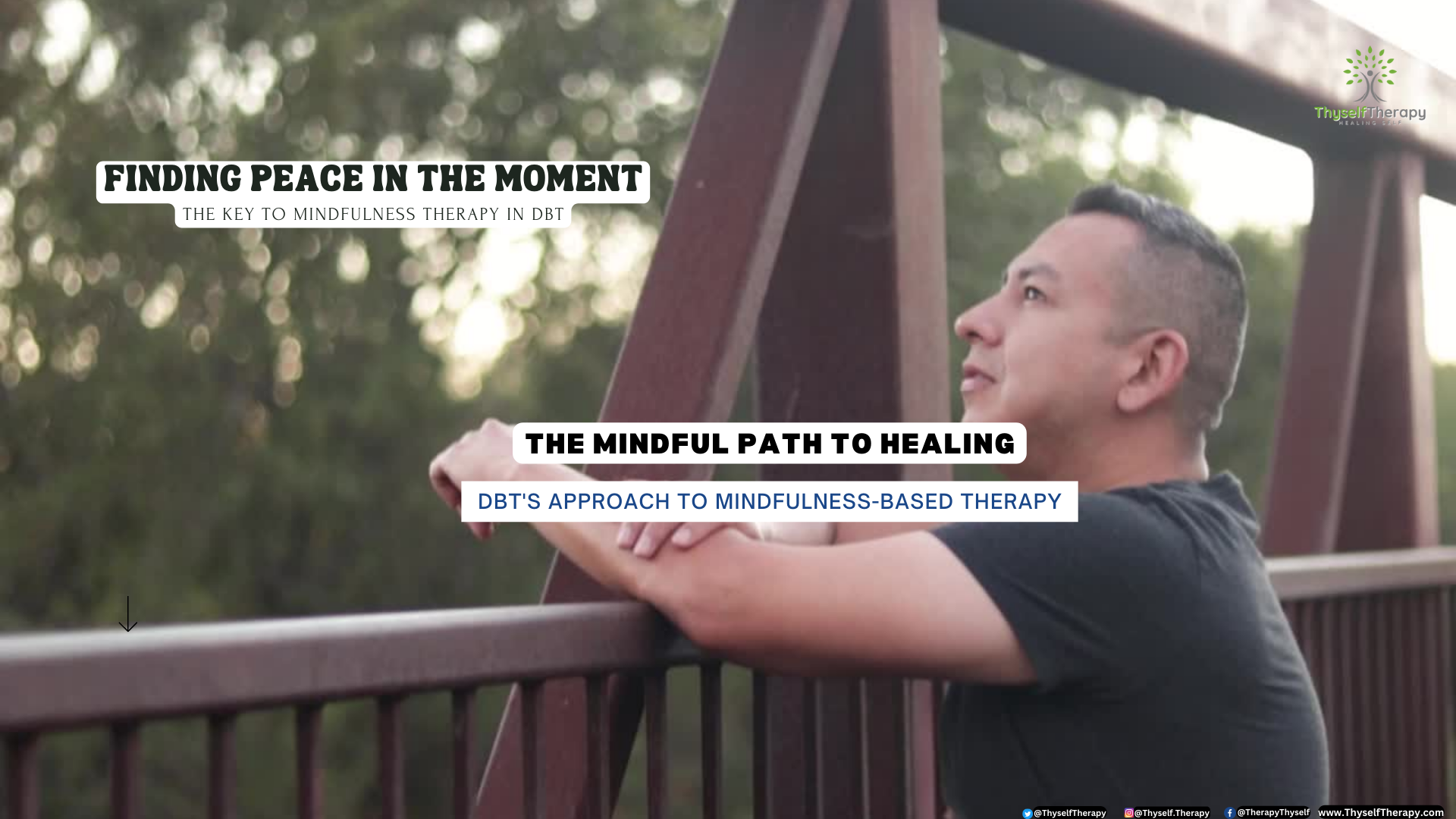
Working With Difficult Emotions
As we continue on the path of mindful awareness, working with difficult emotions is essential to our growth. Acknowledging and tolerating uncomfortable feelings helps us to face them more effectively instead of running away or trying to ignore them — allowing us to become better at managing intense emotions when they arise. Through this practice, we learn how to respond in ways that preserve our inner peace & sense of well-being regardless of what’s happening externally.
One effective tool for overcoming emotional turbulence is learning how to recognize triggers and developing an action plan for responding mindfully when faced with a stressful situation. By identifying patterns associated with certain reactions, it can be easier to maintain composure and stay focused on the present moment rather than getting caught up in fear or reactivity. It’s also important to remember that feeling overwhelmed doesn’t mean that something has gone wrong – it simply indicates that we may need some extra support (from ourselves or others) in order to move forward without becoming stuck in negative thoughts & stories about ourselves.
In addition, facing difficult feelings often requires patience as there are no quick fixes; however, by taking small steps consistently over time, progress will eventually follow suit. And while progress may not look like linear motion from one point to another, each day brings new opportunities for recognizing old habits & replacing them with healthier choices — ultimately leading us closer towards self-acceptance and understanding who we truly are beneath all of life’s complexities.
When we allow ourselves room to explore deeply buried layers within our own hearts & minds, true transformation begins; emerging out of our willingness to meet whatever arises with love & curiosity rather than judgment or avoidance. This courageous journey is worth taking if only for its potential rewards: greater resilience, insight into our unique human experience and lasting peace within oneself. From here, interpersonal effectiveness skills can take root as we open up space for connection & meaningful engagement with those around us.
Interpersonal Effectiveness Skills
With a stronger understanding of our internal experience, interpersonal effectiveness skills become readily available. This includes learning assertiveness techniques such as expressing needs & wants clearly while also listening to the perspectives of others — ultimately creating an atmosphere where everyone feels heard and respected. Additionally, conflict management strategies can be applied when disagreements arise; allowing us to stay focused on problem-solving rather than getting sidetracked by unproductive arguments or defensiveness.
In order to make these skills stick, communication skills training sessions provide opportunities for practising new ways of relating in real-time. This practice helps build confidence in navigating difficult conversations so that we feel empowered enough to speak up without feeling anxious or overwhelmed by potential judgement from those involved. Furthermore, managing emotions effectively is essential for staying present and not letting our inner dialogue take over—staying conscious of how we’re feeling instead of automatically responding out of habit or impulsivity.
As complex as it may seem at first glance, effective communication is based on simplicity: being honest about what we’re experiencing without attaching too much meaning or judgment to it—a powerful reminder that every moment deserves acknowledgement and respect regardless of whether it’s easy or hard. When done authentically, even seemingly small interactions can open up space for meaningful connection and mutual care between individuals who are looking to relate more deeply with one another — a key step towards living life with greater presence & consciousness.
From here, mindfulness therapy practices within Dialectical Behavioral Therapy (DBT) can offer further guidance on how best to work with challenging emotions & situations in everyday life settings.
Steps To Take To Start Practicing Mindfulness Therapy In Dbt
Taking mindful steps towards understanding ourselves and our relationships can be a daunting journey — but with the right guidance, it doesn’t have to be. If you’re interested in exploring mindfulness therapy in DBT, here are some simple tips you can start practising today:
First, create an open environment for yourself where all of your emotions can be expressed without judgment or fear. This could mean setting aside time each day to simply sit still and observe what comes up within—without trying to “fix” anything that arises. You may also find it helpful to keep a journal so that you can begin to recognize patterns in how your thoughts & feelings interact with one another over time.
Second, practice self-validation exercises such as affirmations and positive statements about who you are — no matter how small. This helps build confidence and encourages us to show compassion for ourselves just like we would for others; providing validation when life feels particularly difficult or overwhelming.
Third, commit to staying present during conversations by focusing on listening rather than responding reactively out of habit or emotional intensity. Taking breaks between speaking is key here too — allowing moments of silence before offering feedback or advice which ultimately helps deepen the level of connection between individuals involved.
With these strategies incorporated into daily life settings, our relationship with ourselves and those around us will become stronger and more vibrant — encouraging us toward greater awareness and genuine connection from moment-to-moment living.
Research Into The Effectiveness Of Dbt And Mindfulness Therapy
Is DBT and mindfulness therapy really effective? That’s a great question. The truth is, research into the effectiveness of both therapies has shown that they can be highly beneficial for individuals struggling with mental health issues such as depression, anxiety, stress, and trauma. Here are some key takeaways from recent studies:
- Research on the use of DBT suggests it helps reduce symptoms associated with many common psychological disorders including borderline personality disorder (BPD), bipolar disorder, post-traumatic stress disorder (PTSD) and substance abuse problems.
- Studies have also found that mindfulness interventions can help improve emotional regulation skills, increase self-awareness and acceptance, decrease rumination & worry about the future, and even help people manage difficult thoughts & feelings in relationships more effectively.
- Additionally, evidence indicates that combining DBT techniques with mindful practices may offer even greater benefits than either one alone — especially when used over an extended period of time.
These findings show us just how powerful these therapies can be if implemented correctly! However, like any skill or form of treatment – we must invest time to master them before experiencing their full potential benefits. And for this reason, seeking professional help for learning and practising DBT and mindfulness might be the best option available.
Professional Help For Learning And Practicing Dbt And Mindfulness
When it comes to learning and practising DBT and mindfulness, professional help is essential. Working with a qualified mental health practitioner can provide invaluable guidance on how best to benefit from these treatments. A therapist will be able to assess your individual needs, teach you the techniques involved in each therapy, and offer support as you practice them – all of which are essential for successful outcomes.
It’s also important to understand that learning DBT or mindfulness isn’t a one-time effort but rather an ongoing process that requires dedication and consistency. As such, finding a therapist who can guide you through this journey over a period of time can be beneficial not only in helping you learn the skills necessary but also in keeping up motivation and accountability as you move forward with treatment.
Mindfulness therapy has been shown to have positive impacts on emotional regulation, self-awareness, rumination & worry about future events, relationships with others, and more – so having someone experienced in teaching mindful practices may lead to better results than trying to do it alone. Similarly, DBT therapists work hard at understanding their client’s unique situations before tailoring interventions for them – something many people find helpful when using DBT for specific disorders like BPD or PTSD.
In short: whether you’re interested in improving your life through DBT or mindfulness (or both!), seeking out professional help could make all the difference! Not only will they provide valuable knowledge & insights gained from years of experience working with various issues; but they’ll also bring structure & purpose into the process while providing much-needed encouragement along the way.
Frequently Asked Questions
Is Mindfulness Therapy Suitable For Everyone?
When it comes to the suitability of mindfulness therapy for everyone, there are many questions that come up. Is this type of therapy right for me? Are there any risks associated with it? What benefits can I expect to receive if I opt-in? These are all valid queries and deserve a thoughtful answer.
In considering whether mindfulness therapy is suitable for everyone, we must take into account the potential benefits as well as the possible risks. Mindfulness therapy has been known to improve moods, reduce stress levels, and increase relaxation while also improving overall mental health. However, like with any form of treatment or therapy, there could be some risks involved such as feeling overwhelmed or anxious due to the intensity of certain sessions.
It’s important to remember that each person will react differently when engaging in mindfulness therapy; what works for one individual may not work for another. Therefore, it’s essential to consult an experienced therapist before deciding on whether or not this type of therapy is suitable for you. This way you can make sure that your needs and preferences will be taken into consideration so that you don’t end up feeling worse after participating rather than better.
Furthermore, if you have underlying physical or psychological issues then it’s best to discuss these with your therapist prior to beginning any kind of therapeutic practice – including mindfulness-based therapies. By being upfront about your condition and openly discussing how much support you need (if any) throughout the process, you can ensure that both yourself and your therapist are on the same page when it comes to managing expectations around outcomes & results from participation in mindfulness therapy.
Ultimately, only by taking into account all aspects – benefits vs risk – can someone determine if they would benefit more from opting in or out of mindfulness-based therapies. It’s a personal decision which should always involve consultation with an expert who knows exactly what path is best suited for each person’s unique situation.
How Long Will It Take To See The Effects Of Mindfulness Therapy?
When it comes to seeing the effects of mindfulness therapy, many people wonder just how long they will have to wait before any changes become apparent. The answer is that it depends on a variety of factors and can vary from person to person. While there isn’t a set timeframe for when you’ll begin to see results, there are some general guidelines that may help you gauge your progress as you go through this therapeutic journey.
One way to measure the effectiveness of mindfulness therapy is by looking at its duration. Typically, short-term or one-off sessions last around an hour while more intensive forms of mindfulness therapy usually require multiple weeks or months in order to maximize their benefits. Longer-term programs often provide deeper insights into yourself, allowing you to work through issues that have been holding you back for years.
No matter which type of mindfulness therapy you decide upon, it’s important to give yourself enough time for the desired changes to take effect. It might be tempting to expect immediate results but patience and dedication will serve you better in the long run if you want lasting effects from your sessions. In addition, don’t forget about all the other potential mindfulness therapy benefits such as improved concentration and increased self-awareness – these can also contribute greatly towards helping you reach your goals over time.
Therefore, while seeing results with mindfulness therapy may not happen instantly, consistent practice and commitment will pay off eventually so stay encouraged! With regular effort and perseverance, those who embark on this journey can look forward to experiencing greater personal growth even after the initial sessions have finished.
Are There Any Risks Associated With Mindfulness Therapy?
While mindfulness therapy can be a powerful tool for improving our mental and emotional well-being, it’s important to consider the risks associated with this type of treatment. Just like any other form of therapy, there are potential pitfalls that must be taken into account when deciding if mindfulness is the right choice for you.
An anecdote I heard recently really brought this home – an acquaintance had tried mindfulness therapy but instead of feeling more at peace, she ended up feeling overwhelmed by all the thoughts and feelings she was trying to process. She said it made her feel as though she were drowning in her own inner world – which isn’t very freeing! This story serves as a reminder of why we need to understand the risks associated with mindfulness therapy before taking part in it.
Mindfulness practice has been linked to various physical health benefits such as improved immunity and lower levels of stress hormones. But there may also be some risk factors involved, depending on your individual circumstances. For example, people who have experienced trauma or are dealing with PTSD symptoms may find that certain meditative practices can trigger anxiety or even panic attacks. Similarly, individuals prone to dissociation may struggle with being present and mindful during sessions. It’s best to consult a healthcare professional about these issues prior to embarking on any kind of meditation practice.
Another risk factor worth considering is burnout from overdoing it with mindfulness exercises – too much self-reflection can lead to exhaustion and disillusionment rather than clarity and freedom if done without proper guidance from an expert practitioner. A good therapist will help you stay grounded throughout your journey so that you don’t become overwhelmed by your emotions or experience ‘mindfulness fatigue’.
No matter what path you choose for yourself, understanding the risks associated with mindfulness therapy will give you better insight into whether it’s something that could potentially benefit you personally. Doing research ahead of time is always recommended before starting any new form of psychological treatment; after all, knowledge is power!
Can Mindfulness Therapy Be Done Alone Or With A Therapist?
Can mindfulness therapy be done alone or with a therapist? This is an important question to answer when considering the practice of mindfulness. Mindfulness can be practised on one’s own and it has been proven to yield positive results in terms of reducing stress, improving focus, and increasing overall well-being. However, practising with a therapist can add another layer of value as they are trained professionals who understand the complexities associated with this type of therapy.
When deciding between either doing mindfulness therapy alone or working with a therapist, there are several things to consider. Practising on your own requires discipline and dedication as you will only have yourself to rely on for guidance and structure. On the other hand, having someone beside you while your practice provides support and accountability which may help sustain long-term progress. Additionally, therapists often provide more specific feedback that helps target certain areas where further growth could occur.
In addition to providing external support during sessions, therapists also offer valuable insight into techniques that may not be available to those practising alone. They are knowledgeable about different approaches to accessing deeper levels of awareness which can lead to greater clarity and understanding surrounding mental health issues like anxiety or depression. Furthermore, therapists are skilled at addressing any unhelpful patterns that arise during mindful meditation so that individuals don’t get stuck in them without obtaining relief from their struggles.
Overall, whether you choose to do mindfulness therapy by yourself or work with a therapist is up to you; however, each option offers distinct advantages depending on what kind of outcome you’re looking for. Working alone allows for more autonomy but lacks the additional resources offered by a professional helping guide your journey toward inner peace and self-growth. On the flip side, enlisting the aid of an experienced therapist ensures access to specialized tools designed specifically for trauma healing and emotional regulation not found elsewhere. Ultimately both methods present viable pathways towards successful completion of mindful exercises – all it takes is finding out which route works best for you!
How Much Time Should Be Devoted To Practicing Mindfulness Therapy?
When it comes to practising mindfulness therapy, one of the biggest questions is: how much time should you devote to it? Mindfulness therapy can be a powerful tool in helping us gain greater insight and awareness into our thoughts and feelings. But, if we don’t give ourselves enough time to practice mindfulness therapy, we won’t reap its full benefits.
It’s important to note that there isn’t any set amount of time required for successful mindfulness practice. Everyone is different; some may find 10 minutes per day sufficient while others may need more or less. It really depends on your individual needs and preferences. The key is being aware of what works best for you so that you feel engaged with the practice and not overwhelmed by it.
One way to determine how much time you should dedicate to practising mindfulness therapy is to identify which areas of life need support from this type of work. For example, do you want help managing stress levels better or gaining clarity about certain issues? Once you have an idea of where your focus lies, you’ll know how much energy and effort you need to put into these activities each day.
This will provide guidance on how much time devoted towards mindfulness therapy would bring forth positive results over a period of time. Whether it’s five minutes or thirty minutes every day, having an intentional plan around when, why, and how often to engage in this activity can ensure that it becomes part of your daily routine – transforming the way you live your life for the better.
Conclusion
Mindfulness therapy is a powerful tool to help manage emotions and behaviours. If done correctly, it can be an extremely effective way of calming your mind and reducing stress levels. The effects are not immediate; however, with regular practice, they will become more apparent over time. It’s important to remember that mindfulness is not suitable for everyone and there may be risks associated with the practice so consulting a mental health professional first is recommended.
When practising mindfulness alone or with a therapist, consistency is key. You should devote as much time as possible to ensure you’re getting the most out of the practice. Taking even just 15 minutes each day to sit in stillness and observe your thoughts without judgement can make a huge difference in how you approach life’s everyday challenges.
Imagery can also play an important role in this process. Visualizing yourself feeling relaxed, centred, and grounded can bring about these states faster than simply focusing on your breath. Take some time today to close your eyes and imagine yourself connecting deeply with every part of your being- from head to toe- allowing peace to wash over you like waves lapping against a shoreline. With consistent effort, Mindfulness Therapy can lead you towards greater emotional balance and inner peace – something we could all use more of.

